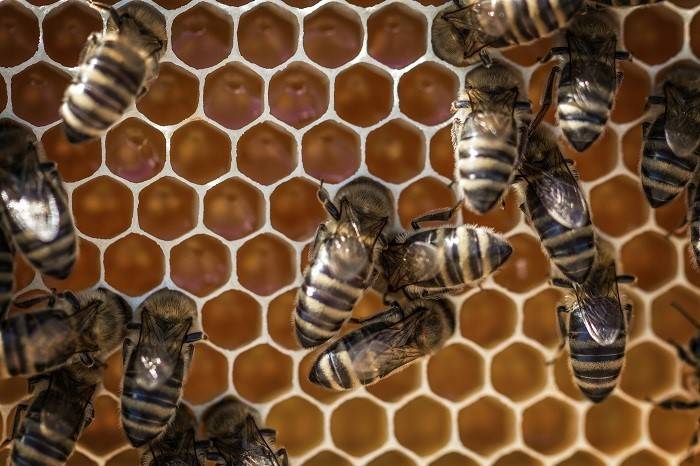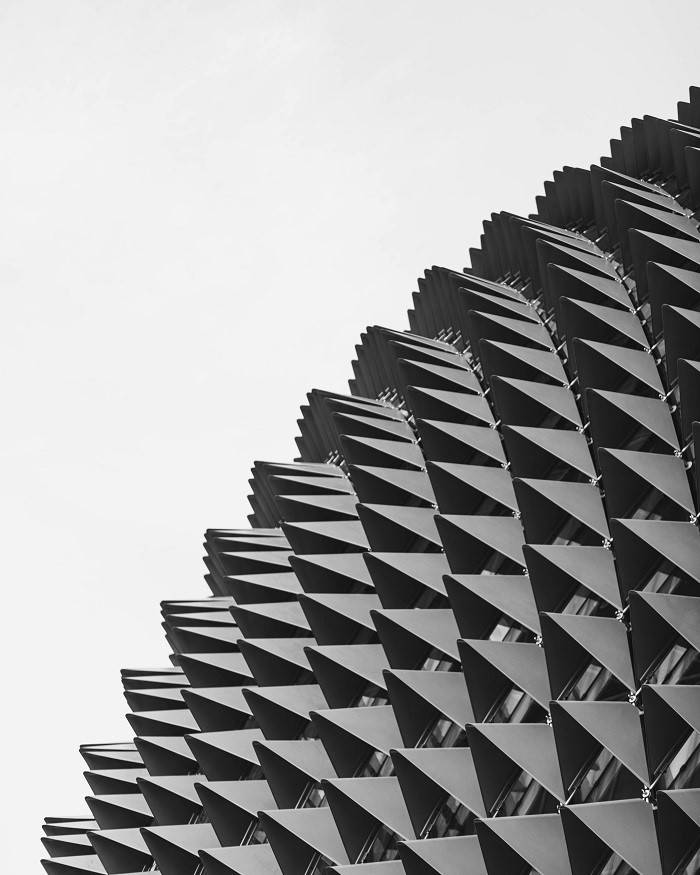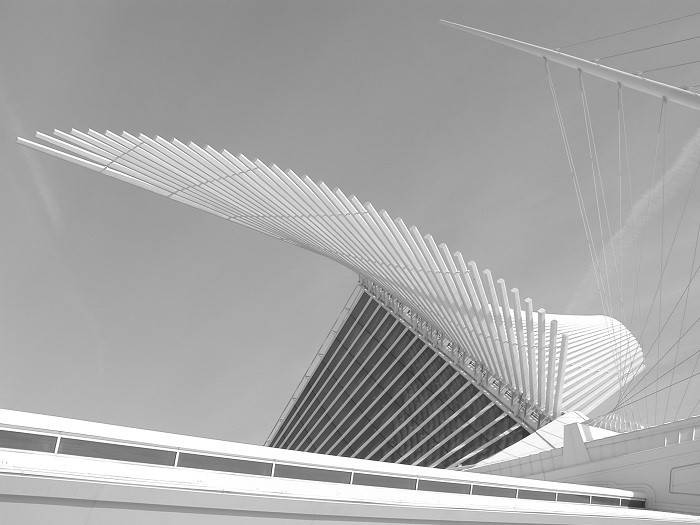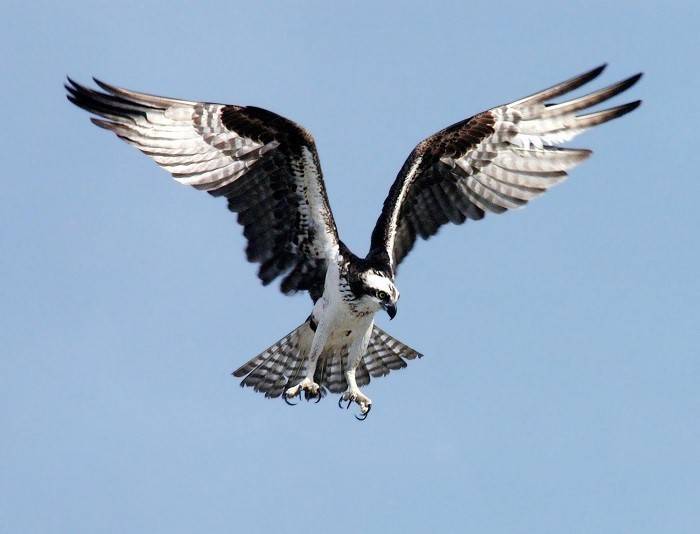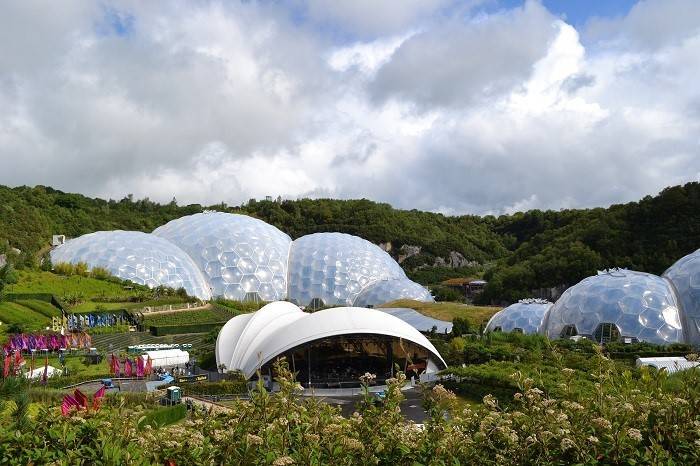Nowadays we are witnessing more and more creative building designs that are inspired by a number of things, one of them being mother nature as well.
In the natural world, we found genuine ideas for a lot of inventions that we know today, some of the more famous being airplanes, wind turbines, silk fabric, and so on. We call it Biomimicry and it paves the way in architecture and roof construction too.
What is a biomimicry?
Biomimicry can be furtherly divided into several branches. On one hand, we can divide it by the source of inspiration (Animals, plants, or inanimate parts of nature), while on the other hand, we can divide it by its purpose (medicine, construction, machine engineering, design, and so on). Additionally, we distinguish biomimicry used for functional and for esthetical purposes, but these two can be interconnected as well.
In this article, we will focus on biomimicry in roof construction and roof design with functional value. Most examples originate in the plant structure.
Why plants?
Plants are precisely formed depending on the area where they are located and assimilated to the local conditions. They regulate moisture evaporation, CO2 intake, shading, defence systems against animals, and more.
A famous example is Esplanade Theatre in Singapore. Its roof is covered in triangular aluminium forms imitating the thorn-covered skin of the durian plant. Durian plant uses the thorns as a shading element preventing the evaporation of water from the core of the fruit.
In between the aluminium ’thorns’ on the Esplanade Theatre are glazed surfaces used as windows. So from the inside, the building offers amazing views while at the same time it is shielded from the sun’s radiation and reduces cooling costs.
Architecturally world famous buildings using the biomimicry method
Another well-known case is the Milwaukee Art Museum in Wisconsin, USA. It was designed by Spanish/Swish architect Santiago Calatrava. The museum has a movable shading screen mechanism as a part of its roof that is designed like a bird’s wing. Its composition allows it to move very swiftly and elegantly to cover the big glazed areas on the roof when it is needed.
However this is not the only one of Calatrava’s designs that uses biomimicry, the vast majority of his works draw inspiration from biology. For example, the Turning Torso tower in Malmö designed after a human spine, the Planetarium in Valencia after a human eyeball, the train station in Zürich after a dog’s ribcage, and so on. He was saying, that nature designs everything in the most efficient and elegant way possible with just the right amount of material, no more, no less.
In England, we have the Eden project, the world’s largest greenhouse. Inspiration for its design was drawn from the form of pollen grains. The construction is made out of steel and Ethyl tetrafluoroethylene and acts as a thermal blanket, trapping the air and resulting in reduced energy consumption.
To conclude with Calatrava’s words, why should we try to design something new and untested when we already have an abundance of functional designs in nature itself?

